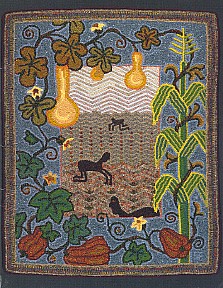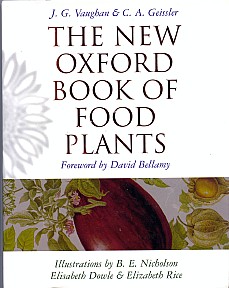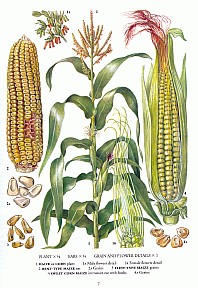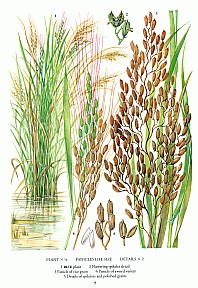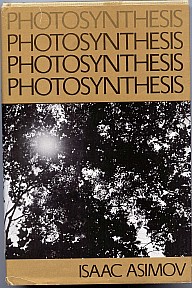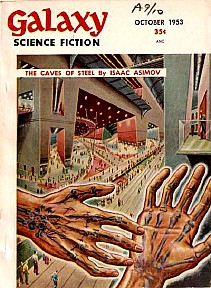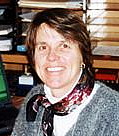When ANYTHING burns, Step 5 (cellular respiration) happens
and
- CO2 (the gas carbon dioxide)
- H2O vapor and
- heat
are produced and released into the atmosphere.
It could be:
- glucose in our cells being burned,
- or it could be the fuel we burn (like coal and natural
gas) to heat and cool our houses,
- or the fuel we burn (like gasoline) to power our
cars
- or the rain forest trees that are burned to clear
land.
This released CO2 is the
primary “greenhouse gas”. It can raise the earth's
temperature, leading to "global warming", because the CO2
can trap heat near the earth and keep it from rising up.
The following is a site with a simple explanation of global warming
that the kids you know might be interested in (from the Wisconsin
Department of Natural Resources' program called Environmental
Education for Kids): Global
Warming
is
Hot
Stuff!
Here's some other information for those of you who are interested:
For
biodiesel
enthusiasts,
the
gas is always greener, By Tim Christie, The Register-Guard, June 22, 2008.
"Historically, oil is
transported from distant fields by truck, ship or pipe to giant
centralized refineries, where it gets processed into fuel and shipped
out again to far-flung markets."
"Most commercially produced biodiesel is made from virgin oil from seed
crops, mostly soy oil. But about 90 percent of SeQuential’s
feedstock is used cooking oil, while the balance comes from virgin seed
oil grown in the Northwest."
"Hill said the company also is trying to foster alternative sources of
seed oil crops that can be grown in the Northwest, such as camelina, a
crop that’s cheap to grow, has a short growing cycle and
doesn’t require irrigation."
Acidic
seawater
could
disrupt
food chains. By Dan Catchpole, The
Associated Press, in The
Seattle Times, May 27, 2008.
The acidic seawater is
moving closer to shallow waters containing the bulk of marine life,
according to an article this month in the journal Science. The
increasingly corrosive water threatens the survival of many organisms,
from microscopic plants and animals at the base of the food chain to
shellfish, corals and the young of some marine species.
“We actually saw the shells dissolving off these living
organisms. They were dissolving off the terapods as they were swimming
around,” Sabine said. Such creatures comprise as much as 40
percent of the Pacific king salmon’s diet.
“As long as CO2 continues to increase in the atmosphere, the
oceans will continue to absorb that,” Sabine said. “What
we’re seeing is only going to get worse.”
Here are two recent stories about
bacteria performing photosynthesis:
A Bug to Save the Planet:
Genome pioneer Craig Venter wants to make a bacterium that will eat CO2
and produce fuel. By Fareed Zakaria, NEWSWEEK, June 16, 2008.
This articles describes a "bacterium that will ingest CO2,
sunlight and water, and spew out liquid fuel that can be pumped into
American SUVs".
The
Most
Important
Microbe
You've Never Heard Of,
by Joe Palca, Morning Edition of
National Public Radio, June 13, 2008.
"By some estimates, the
oxygen in one out of every five breaths you take
comes from a bacterium called Prochlorococcus.
Numbering
in
the
trillion
trillions, this tiny microbe is one of the most abundant
organisms on Earth.
So when Prochlorococcus perform photosynthesis — using energy
from the sun to release oxygen from a water molecule — that adds
up to a lot of oxygen."
In addition to being the food of shrimp and
others at the base of the ocean's food chain, these bacteria consume a
lot of CO2. Prochlorococci bacteria
were
discovered
in
1988 by Massachusetts Institute of Technology
Professor Sally W. Chisholm (pictured below).
END OF LECTURE 3B
|
